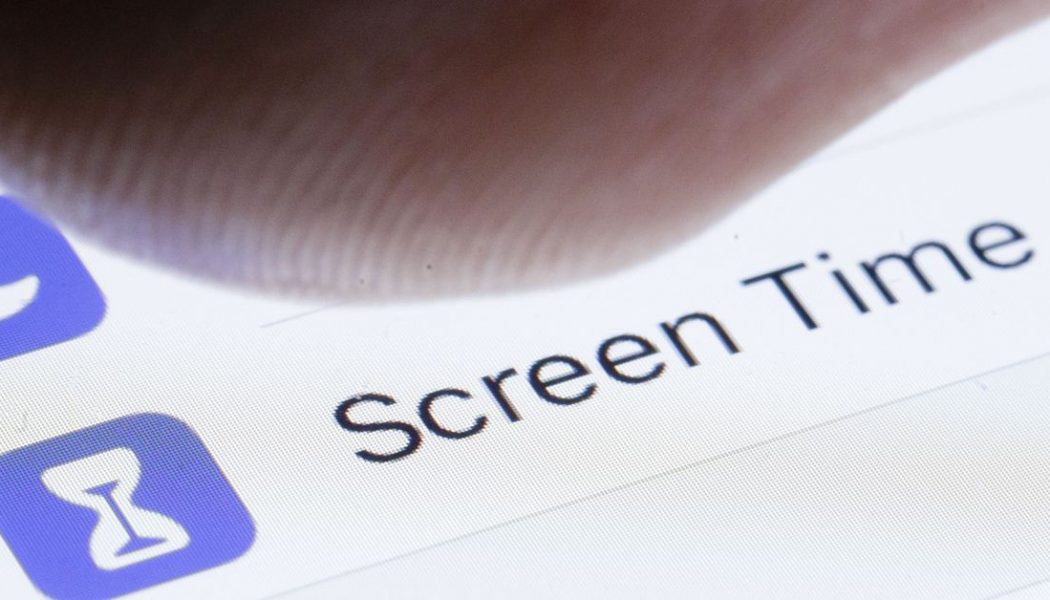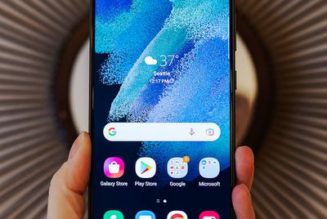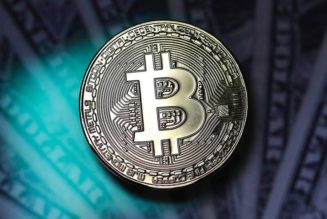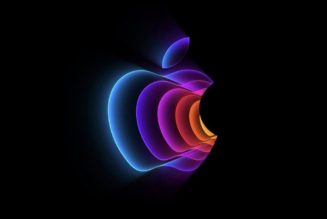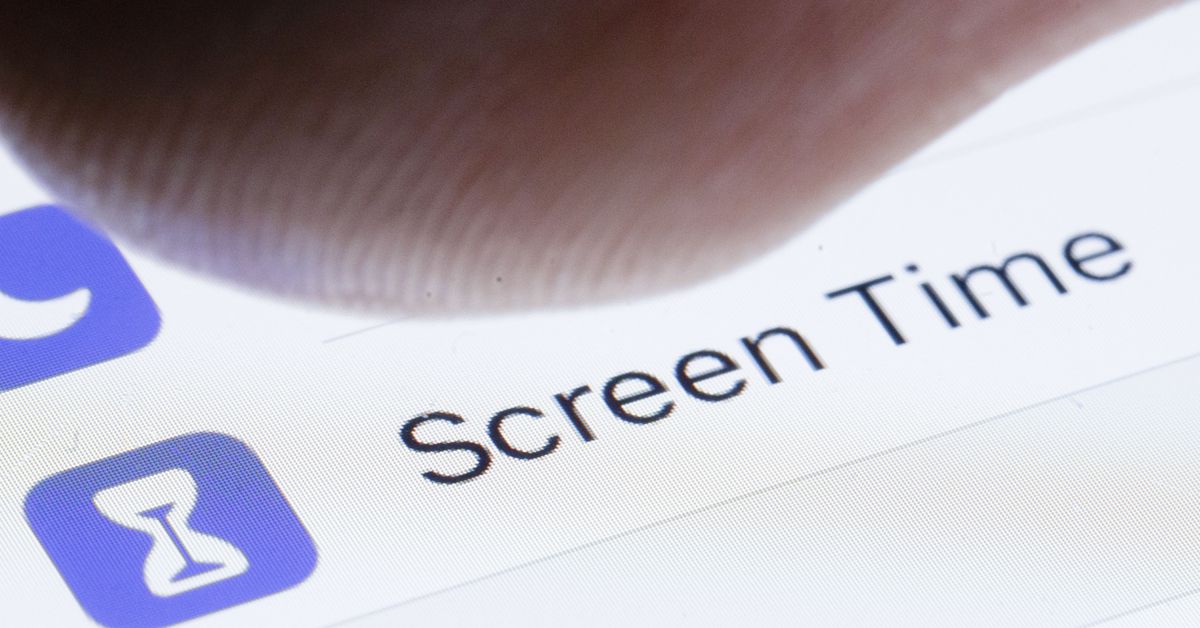
As Election Day came and went and we still didn’t know who was going to win the presidency, many of us ended up glued to our devices last week— moreso than usual— seeking the latest news. Whether it was the obsession with MSNBC’s Steve Kornacki and his map wizardry or the constant updates about how many votes were left to count in Pennsylvania or Georgia, Americans likely spent more time doomscrolling through their Twitter feeds and other apps than they normally do.
Depending on who your preferred candidate was, by Saturday morning —when the networks called the election for Joe Biden— your doomscrolling may have turned into gleefreshing— the newly-coined term for manually updating your feed to read good news.
On Sunday, we started seeing the updates: the iOS Screen Time feature helpfully lets you know how your screen time compares to the week before.
Gene Park of The Washington Post got down into the nitty gritty of exactly how many hours of screen time he averaged (although it’s sort of his job to be a power user):
Not everyone was interested to learn (or to tell others) how much more screen time they had last week compared to the week before, however.
Good morning to everyone except my weekly screen time report.
— Seung Min Kim (@seungminkim) November 8, 2020
There’s a lot of research on screen time but it’s not all that conclusive; some studies suggest too much screen time makes people anxious, other studies say not so much.
Whatever the case, if you’re worried about last week’s screen time, maybe let yourself off the hook a little.
By the power vested in me, I hereby absolve you of all the sins contained in your weekly screen time report. God loves you and forgives you, and your eyes will heal in time.
— southpaw (@nycsouthpaw) November 8, 2020
Awaiting the results of a momentous presidential election during a pandemic is probably a good reason for people to be looking at their phones, tablets, or even TVs for more information.
